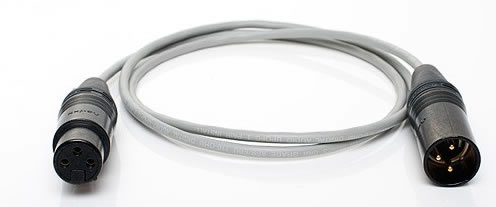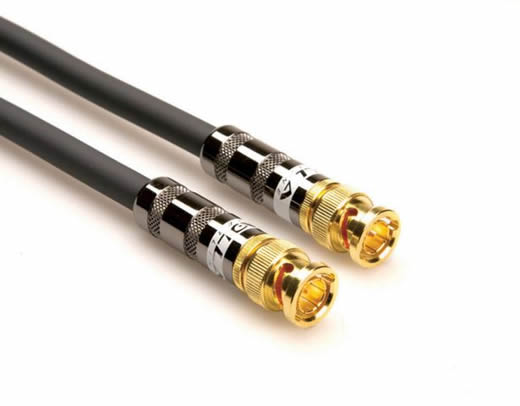- AccurateRip
- Acoustid
- AES/EBU
- AirPlay
- Amplifier
- aptX
- Audio file formats
- ASRC
- AVB
- Bit perfect jitter
- Bits: 16 or 24
- Bit perfect playback
- Bitrate
- Bluetooth
- Burn-in
- BWF
- Cables
- CDtext
- Chromecast
- Clipping
- Clock
- Codec
- Compression
- CRC
- Crossover
- Cue sheet
- DAC
- Damping
- DASH
- Digital
- Digital Room Correction
- Dither
- DLNA
- Drivers
- DoP
- DSP
- EBU R128 (loudness)
- FFT
- FireWire
- Freedb
- Gapless playback
- Generation loss
- HDMI
- Headphone listening
- Hearing
- Hires recording
- Homeplug
- I2S
- ID3
- Inter sample peak
- LDAC
- Linearity (DAC)
- Memory playback
- Music Server
- OCF
- OFC
- PCM
- Perception
- RAID
- ReplayGain
- Ripping
- RFI
- RIAA
- Router
- Sampling, up and over
- Sample Rate Conversion
- Speakers
- S/PDIF
- Storage
- Sync
- Tagging
- Toslink
- Transcoding
- UAA
- Units
- UPnP
- USB
- VST
- WiFi
- WiSA
AES/EBU
A common standard in the pro-world to connect audio devices digital.
It was developed by the Audio Engineering Society (AES) and the European Broadcasting Union (EBU) and first published in 1985 and also known as AES3.
It requires a balanced and screened (shielded) cable with nominal characteristic impedance of 110 Ω at frequencies from 0.1 to 128 times the maximum frame rate.
SPDIF is derived from this standard and intended for consumer use.

Not only the cable needs to be 110 Ω but to avoid reflections, the termination should be 110 Ω as well.
This is where the XLR termination totally fails.
That’s why some recommend to use AES3id instead.
This is the same AES signal but this time over a 75 Ohm coax cable (yes, unbalanced) and terminated with true 75 Ohm BNC connectors.
A bit more about digital cables.
- SPECIFICATION OF THE DIGITAL AUDIO INTERFACE (The AES/EBU interface) - European Broadcasting Union


